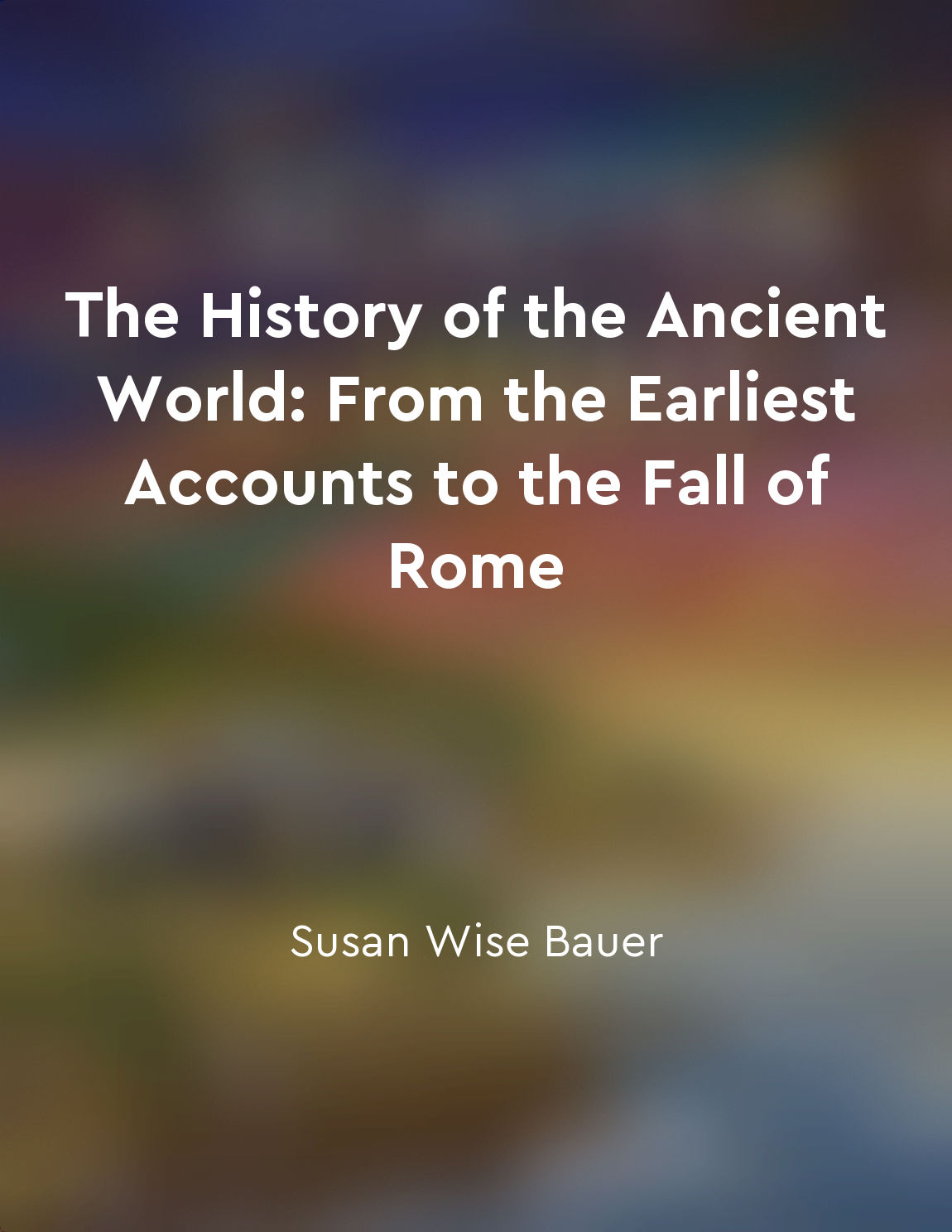Fall of Constantinople to the Ottomans from "summary" of History of the Decline and Fall of the Roman Empire by Edward Gibbon
The city of Constantinople, once the proud capital of the Eastern Roman Empire, fell to the Ottoman Turks on May 29, 1453, after a prolonged siege that lasted for over a month. The fall of this great city marked the end of the Byzantine Empire and the beginning of a new era dominated by the Ottoman Empire. The Byzantine Empire had been in a state of decline for centuries, weakened by internal strife, external threats, and economic troubles. The city of Constantinople, with its massive walls and strategic location, had long been seen as a bulwark against invading forces, but by the 15th century, it was a shadow of its former self. The Ottomans, under the leadership of Sultan Mehmed II, were determined to capture Constantinople and make it the capital of their burgeoning empire. Mehmed II assembled a massive army and navy, laying siege to the city in April 1453. The defenders, led by Emperor Constantine XI, put up a valiant fight, but they were outnumbered and outgunned. After a brutal assault that lasted for several days, the Ottomans breached the walls of Constantinople and poured into the city, unleashing a wave of destruction and violence. The last Byzantine emperor, Constantine XI, died fighting on the walls, and the city was plundered and looted by the victorious Ottomans. The fall of Constantinople had far-reaching consequences, not only for the Byzantine Empire but for the entire Christian world. The loss of this great city sent shockwaves throughout Europe, leading to a renewed sense of urgency in the fight against the Ottoman Turks. The fall of Constantinople also marked the end of the Middle Ages and the beginning of the Renaissance, as scholars and artists fled the city, taking with them the knowledge and culture of the ancient world. In the years that followed, the Ottomans expanded their empire, conquering much of the Balkans and parts of Eastern Europe. Constantinople, now renamed Istanbul, became the capital of the Ottoman Empire, a symbol of their power and dominance in the region. The fall of Constantinople to the Ottomans was a turning point in history, signaling the end of one era and the beginning of another dominated by the forces of Islam.Similar Posts
The lack of a strong centralized government contributed to Rome's fall
The Roman Empire, once a mighty force that dominated vast territories, faced a gradual decline that eventually led to its fall....
The land of Canaan played a significant role in biblical narratives
The land of Canaan, known for its role in biblical narratives, holds a central place in the history of Israel and the Holy Land...

Urban development
The transformation of Constantinople over the centuries can be seen in its urban development. From its humble beginnings as a G...
Gibbon's analysis of Rome's decline remains a seminal work in historical literature
Edward Gibbon's analysis of Rome's decline is a foundational text within the realm of historical literature. Through his meticu...

Bosphorus Strait
The Bosphorus Strait is the defining feature of Constantinople. It is a narrow waterway that separates Europe and Asia, linking...

Trace the development of written language and recordkeeping
Written language and recordkeeping are essential components of the development of human civilization. The ability to communicat...
